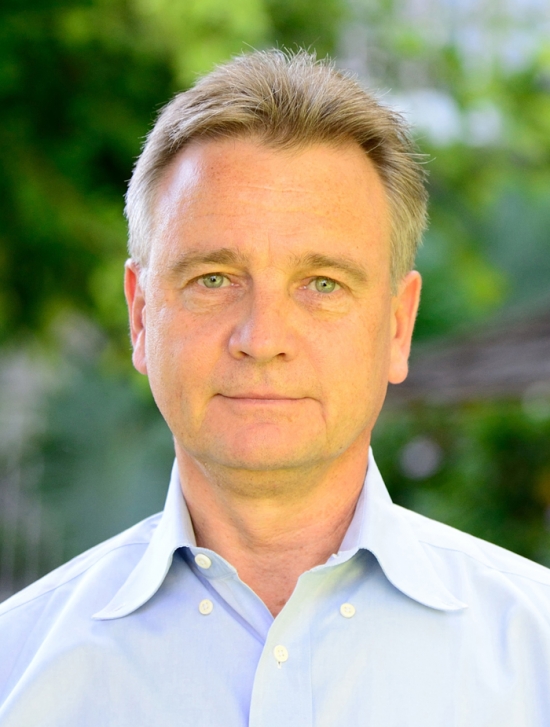MIPSE Seminar
Plasma Diagnostics of Sputtering Magnetrons from DC to HiPIMS Modes

Magnetrons, like other E x B discharges, are rich in instabilities. These instabilities have only relatively recently been illustrated by optical and probe techniques. In particular traveling ionization zones (a.k.a., rotating spokes) have been observed by fast shutter and streak cameras. With additional infor-mation from floating, emitting, and collecting probes, as well as from mass and energy analyzers, one can determine the mechanism in terms of electron heating and particle transport. These are features that have implications on film growth by magnetron sputtering. The research has expanded to include direct current (DC), pulsed, and high power impulse magnetron sputtering (HiPIMS) modes of operation.
André Anders is a Senior Scientist and Leader of the Plasma Applications Group at Lawrence Berkeley National Laboratory (LBNL), Berkeley, California, and the Editor-in-Chief of Journal of Applied Physics. He grew up in (East) Germany and studied physics in Wrocaw (Poland), Moscow (Russia, then Soviet Union), and Berlin (then East Germany), to obtain his PhD in physics from Humboldt University, (East) Berlin, in 1987. Since 1992 at LBNL, he works on plasma technologies for materials, and in particular on thin film deposition. His publications have been cited more than 11,000 times. He was the 2015 Chair of AVS' Advanced Surface Engineering Division. André is a Fellow of the American Physical Society (APS), the American Vacuum Society (AVS), the Institute of Electrical and Electronic Engineers (IEEE), and the Institute of Physics (IOP, UK).
 MENU
MENU 
